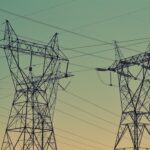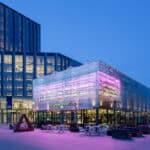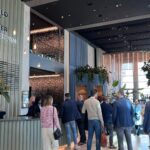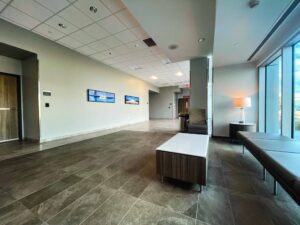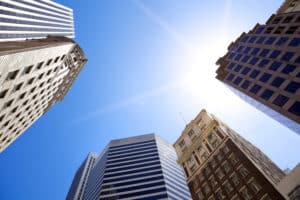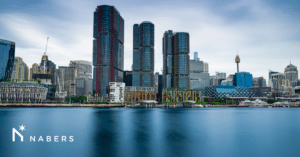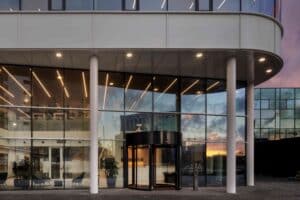
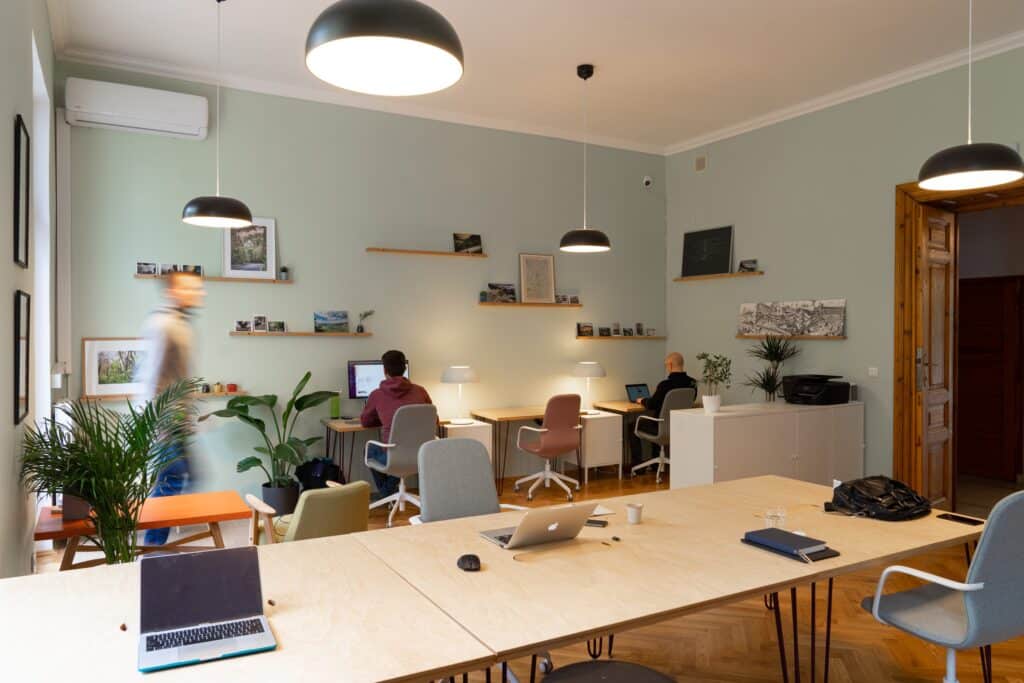
Series: Making your building more sustainable – the user
The users of a building play an important role in making it more sustainable. They can ensure that less energy is used. But sustainability is not just about the energy flowing through the meter. It’s also about keeping buildings fit for the future, about comfort and about health. In this part of the series “Making your building more sustainable” we will tell you more about it.
Reducing energy usage
A first step towards sustainability is reducing energy usage. The energy usage of a building consists of two components:
- Energy usage for heating, cooling and other systems
This component depends in particular on the properties of the building. For example, the degree of insulation, the system type and whether generation is also present. - Energy usage for processes and lighting, etc.
This component depends in particular on the behaviour of the user. For example, occupancy rate, working hours, function and behaviour.
How the energy usage of these two components is influenced can be different for each building. For example, a building with EPC G may use less energy per m2 than a building with EPC A+. In short: a sustainable EPC does not mean that the building is sustainable. This can be said only if usage is also sustainable.
10 to 15% less energy usage
Are you using your building smartly or is there room for improvement? Energy monitoring is important to make this transparent. Energy monitoring shows how much energy is being used at what time. This insight alone gives you the opportunity to check whether the hourly usage makes sense if you look at the way the building is used. In this way, it is possible to reduce the energy waste in a building. This can easily be 10-15% of the energy usage. This is often just as much as what can be saved with technical measures with a payback period of five years.
Sustainability and comfort
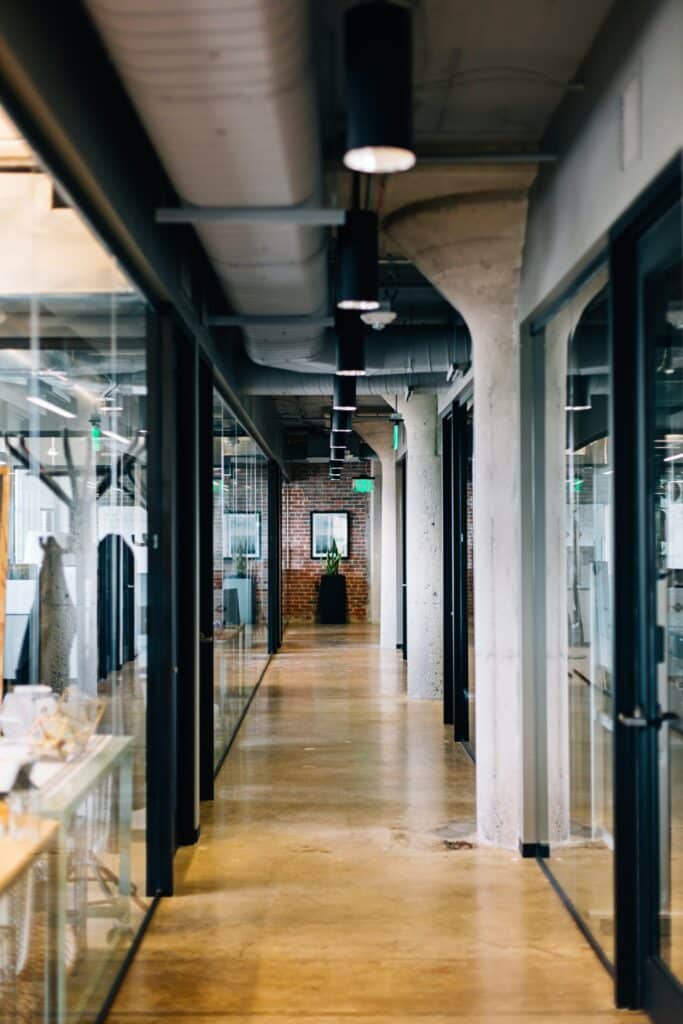
Sustainability offers many opportunities to improve comfort and to bring a building more into line with the wishes of the user. Replacing conventional lighting with LED is an example. LED lighting generally has a higher light output. This makes it possible to create lighter workplaces where staff can work more comfortably. When insulating buildings, energy usage is reduced, but the temperature differences in the rooms are also reduced. This increases comfort because less draughts are experienced.
Sustainability and health
Energy-efficient buildings are not necessarily healthy buildings. By insulating buildings and also sealing seams and cracks, there is less natural ventilation through infiltration. This makes the air quality worse. By also optimising the current ventilation system, a building can be made healthier by making the building systems more sustainable. A specific example of this is to place a heat wheel in the ventilation system. The heat wheel recovers heat from the exhaust air. This allows more ventilation without costing more energy. More ventilation makes the indoor air in the building healthier. This is becoming even more evident during this coronavirus outbreak.
Do you want to know more about making your property more sustainable or do you have questions about this article? Please contact us or read the entire blog series
